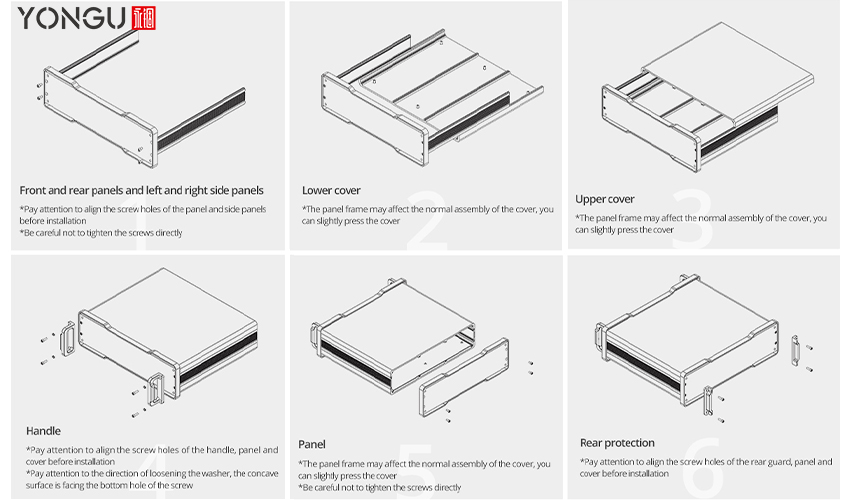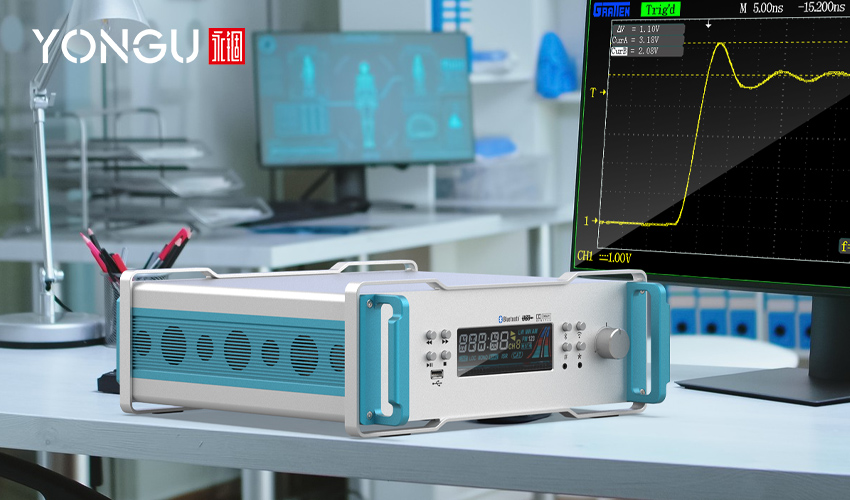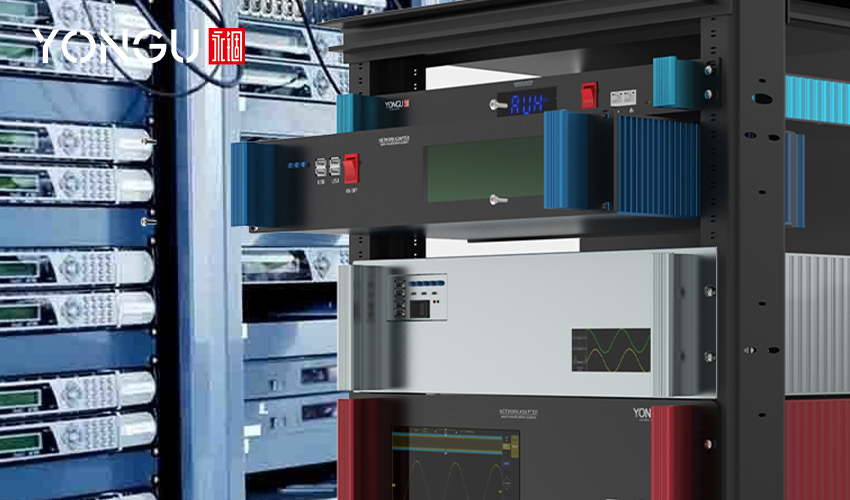Numerous issues we encounter when inspecting network rack setup have their root cause: poorly thought out initial installation or/and one that has expanded quickly. For the latter, it matters less how the space and rack to look than how quickly a new server is turned on and used. For specific organizations, especially those without client-facing server resources, this may be an "OK" strategy, but the practice has the potential to weaken IT resilience and cause issues.
Factors to Consider When Installing a Rack Enclosure
You should consider the following factors during rack installation.

Location of the Rack
The location of the server room or data center should be considered when choosing a server rack. The rack must fit the space while still being big enough to hold all IT equipment. There should be enough space around a rack's front, back, sides, and top for cooling airflow and engineer access.In case of water leakage or drip issues, server racks and cabinets shouldn't be positioned underneath or too close to an air conditioner. These issues may arise if an air conditioning system is improperly constructed, neglected, or subjected to unexpected environmental changes that it did not intend to handle.
Dimension of the Rack
Devices that are 19 inches wide are stored on racks. The widths of 600 and 800 mm are the most typical for the depth of the rack with side panels and doors. The range of depths is 400 to 1200mm. Selecting the proper depth is crucial so that whatever you want to put in the rack fits. That's not always as simple as it sounds because space at the back of a device must consider networking cable radius bends.
Cooling and Ventilation of the Rack
In a server room, you should not position racks in areas (or voids) that are already warm. However, not all server rooms are rectangular or uniform in shape. For example, it is usual to find L-shaped rooms with side workshops and IT prep facilities. Previous airflow obstructions within the room could include columns, "dumped" packaging from other installations, or even the space, which serves as a generic archive for business records.The airflow surrounding the rack should not be constrained and should keep the humidity at an "acceptable" level. Acceptable. What does that mean? Any of them will have dust and other particles in the room, which will circulate and attract the IT equipment. There is a reasonable probability that the air in the room will eventually damage or disturb the IT server if it is not suitable for anyone working there.
Common Mistakes People Made while Installing a Rack Enclosure
The process of rack installations could make you feel overwhelmed. Although it may be an extremely challenging task, it need not be difficult. Instead, we will review some pointers to make things easier for you and list three blunders to avoid when installing racks.
No Appropriate Planning
Any project's planning stage is among its most crucial ones. What will you do if you do not know where you are heading? A map is unquestionably essential to every plan, and rack installation projects are no exception. To measure capacity, you should see the number of racks you need to install, their sizes, the room they will be in, and the room's square footage.
Not Installing the Proper PDU
A suitable power distribution unit (PDU) is essential before building the right server rack installation. Computers, servers, and other electronic equipment receive power from the PDU, a device with numerous outlets. You must choose the right one for your requirements. Verify the PSU voltage capability. Check to see if it can handle the voltage your device requires. The more power it can distribute without producing power outages or faults, the higher its capacity.
Using Cables Without Labels
Most data centers are likely to include many racks housing equipment. However, you will have to deal with more cords. Cables can rapidly become unmanageable and pose a fire risk. A maze of wires makes troubleshoots when your equipment malfunctions.Rack Mount Enclosure at YONGU
Anywhere that network equipment is located, Yongu enclosures, wall-mounted server racks, and cabinets organize and secure it. They are made to fit into even the smallest spaces at the edge of your network. Their scalable designs, toolless mounting, and extensive selection of rack accessories facilitate planning, deployment, and maintenance more efficiently.In order to create a decent and stylish style, we offered specialized services for changeable width, height, and length as well as designing services for the exterior surface, building structure, and CMF.
In addition, by utilizing cutting-edge on-site and information management solutions that are compliant with the machining and cutting process, we could achieve increasingly demanding production and finishing criteria for enclosures.

Conclusion
The commitment of Yongu Box to its customers includes value-added services that can help you create the precise custom enclosure you want with the features and performance you need. We have the best rack server that you can ask for.The information in this article is, of course, just the beginning. Depending on your sector, you might need to consider other factors when choosing your enclosure material. But as you go through the design process, keep in mind your main goals.
For further information and customized product of your requirements, please follow our FACEBOOK for more updates and informations.
You can also contact us at +86 13326782625 or write us [email protected].



